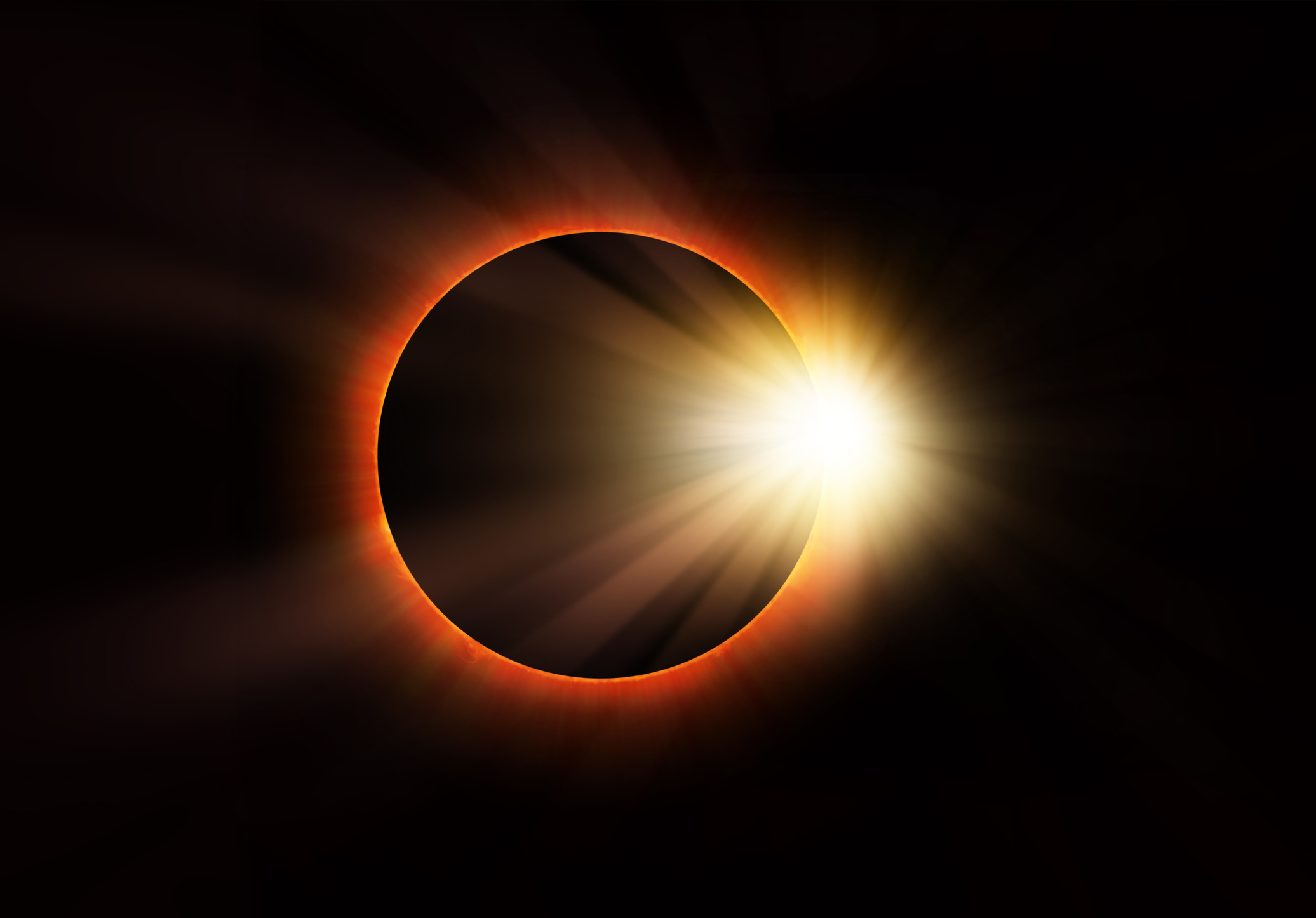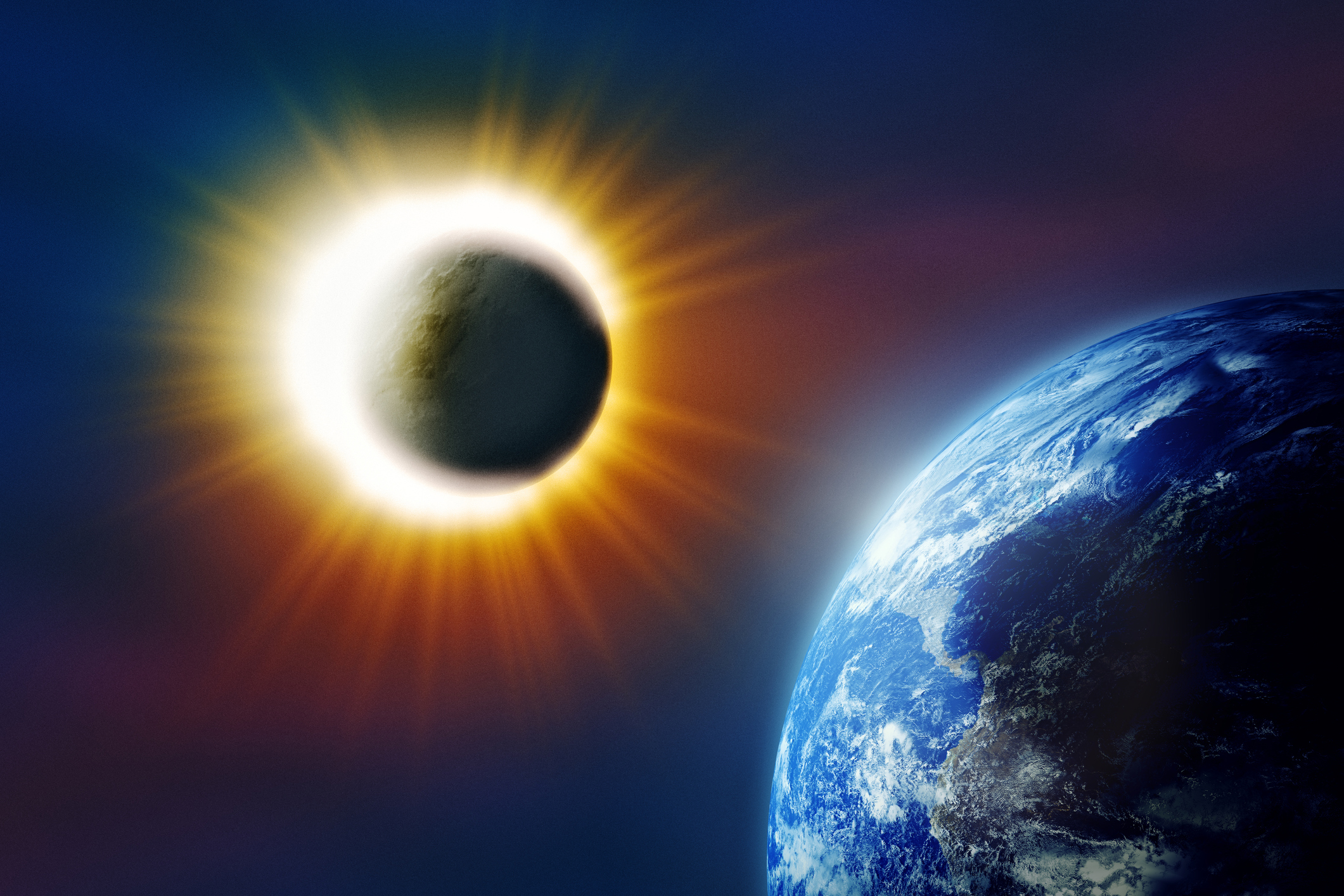Western Australia will be graced by a rare solar eclipse next week, a stellar occurrence the state hasn't seen since 1974.
The sun will completely disappear behind the moon over Ningaloo, 1200 kilometres north of Perth, on April 20 at 11:29am AWST - making it the first for Western Australia since 1974.
All other states across the country will experience a partial eclipse at 1:29pm (AEST), with the next full solar eclipse for Australia's eastern states coming up in 2028.
READ MORE: Cyclone Ilsa 'rapidly intensifying' as it nears coast

How to watch the solar eclipse
Looking directly into the sun, even during a solar eclipse, is dangerous and can lead to permanent eye damage, according to Experts from The Royal Australian and New Zealand College of Ophthalmologists.
The Astronomical Society of Australia suggests watching the eclipse and partial eclipse in two safe ways:
- Using special-purpose 'eclipse glasses' or hand-held solar viewers with solar filters that meet the international standard
- Using pinhole projection through a large card with a two-millimetre hole in the centre to project an image of the Sun onto another surface held about a metre away.
You can purchase solar-safe glasses online. They must meet the international ISO 12312 2 standard requirements to be considered safe.
You can find out more about the requirements here
What is an eclipse?
A solar eclipse happens when the moon's orbit passes between the sun and the earth at the same time, creating a shadow on the Earth that partially or fully blocks the sun's face.
"Solar eclipses are spectacular," The President of the Astronomical Society of Australia John Lattanzio said.
"Australia really is the lucky country with five total eclipses visible in various parts of the country over the next 15 years."
READ MORE: Mystery Aussie winner takes home $30 million

Total solar eclipses are a very rare occurrence, usually only gracing one location every couple hundred years.
"Our last total solar eclipse was in November 2012, with Cairns right in the path of totality," says amateur astronomer and eclipse chaser Terry Cuttle.
The last total solar eclipse Australia saw was on November 13 2012.
Sign up here to receive our daily newsletters and breaking news alerts, sent straight to your inbox.
